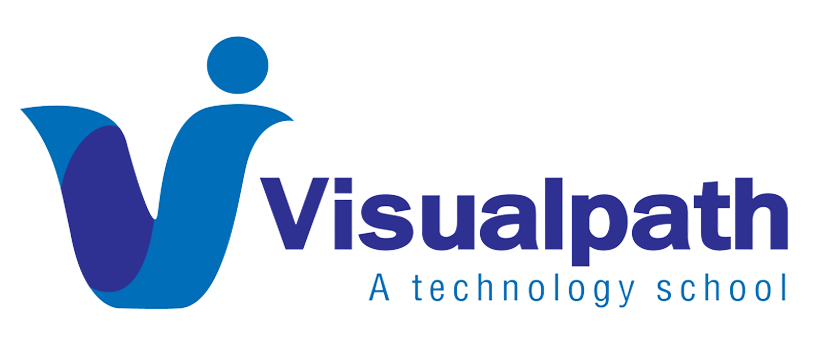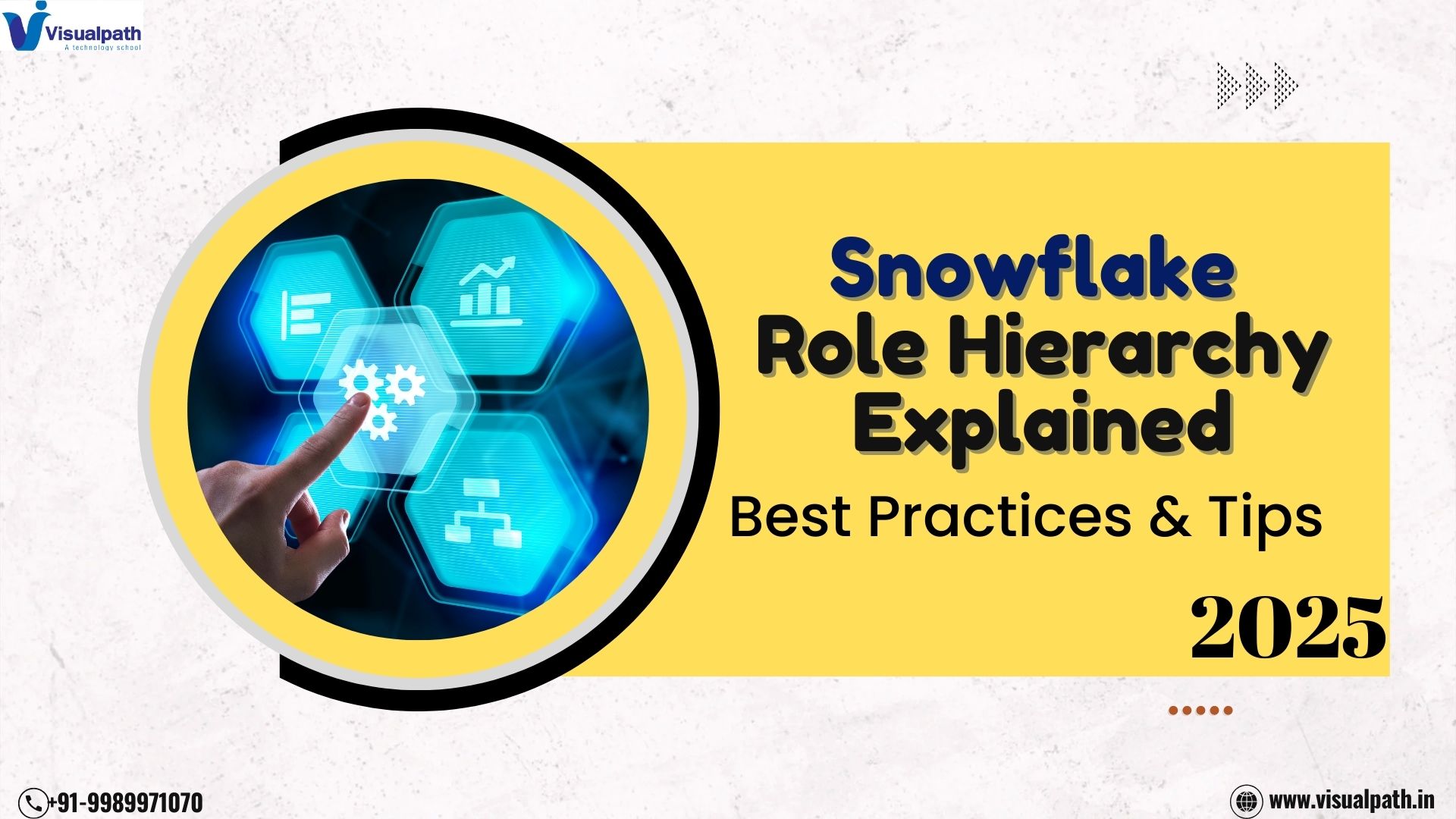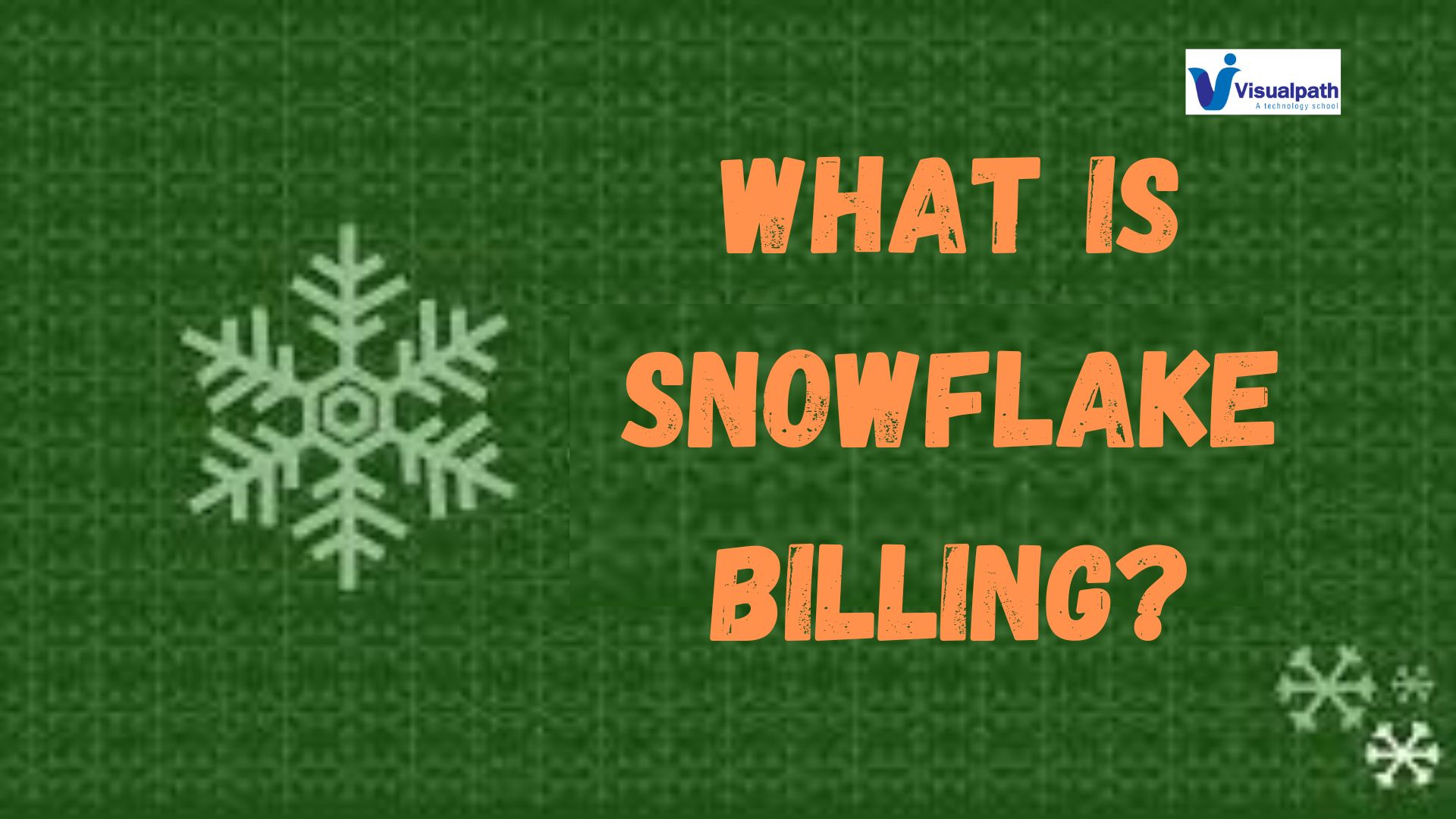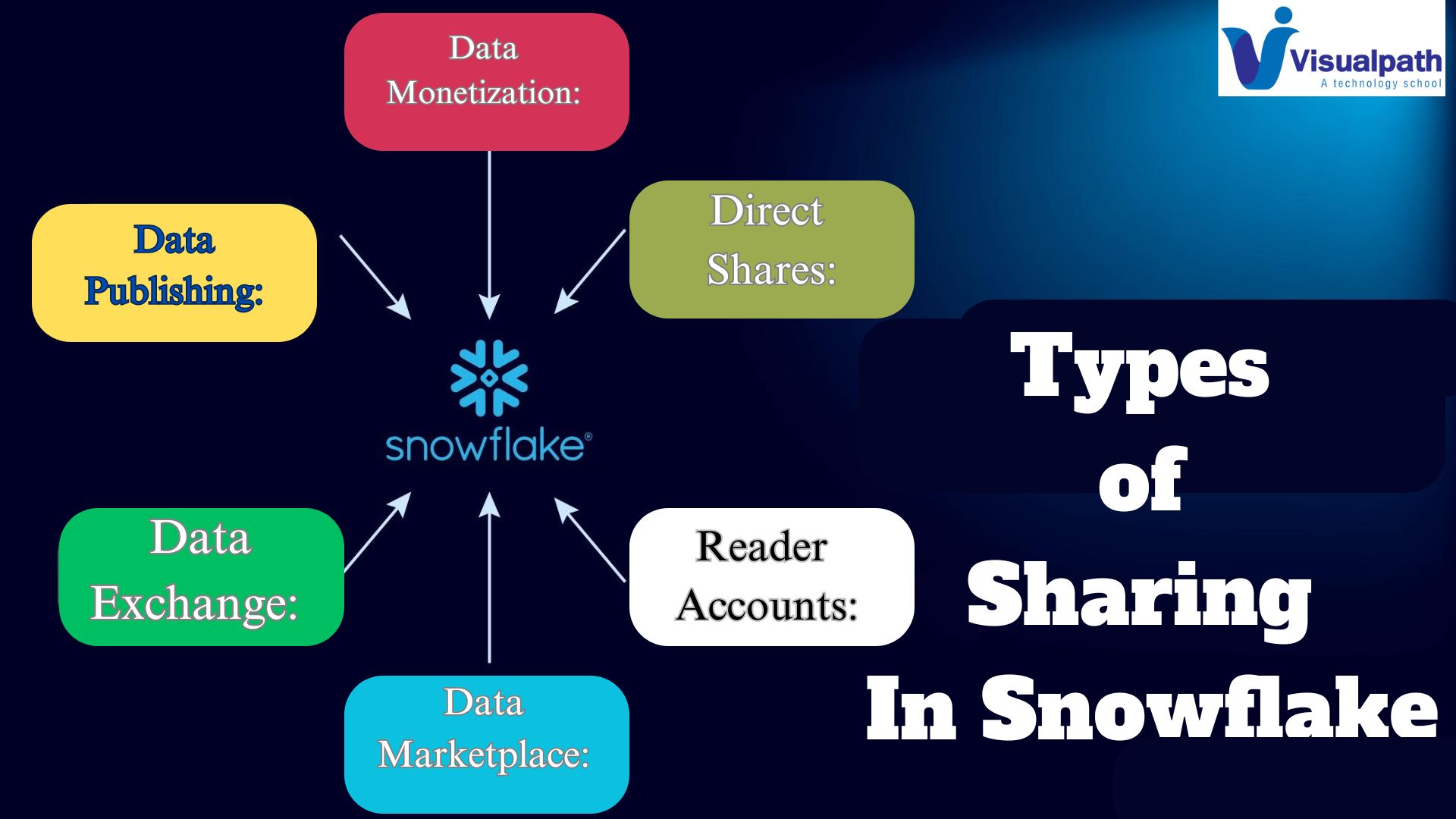Snowflake Online Training by Experts at Visualpath Institute! In the realm of cloud data platforms, Snowflake stands out as one of the most powerful and flexible solutions for managing and analyzing data. One of the key features that make Snowflake both secure and efficient is its role hierarchy, which governs how users access and manage resources within the platform. Understanding the intricacies of Snowflake’s role hierarchy is essential for administrators and data engineers to ensure proper governance, security, and streamlined workflows.
What is Snowflake Role Hierarchy?
Snowflake’s role hierarchy is a structured framework that defines how permissions and access controls are organized within the platform. At its core, Snowflake follows a role-based access control (RBAC) model, where permissions are assigned to roles rather than individual users. Users are then assigned roles, which allows them to inherit the permissions defined for those roles. This approach simplifies access management and provides granular control over data and resources Snowflake Online Training.
The hierarchy is built using parent-child relationships between roles, forming a tree-like structure. Higher-level (parent) roles inherit the privileges of their subordinate (child) roles. For example, an administrator role may have privileges over multiple department-specific roles, enabling centralized control while allowing decentralized access for individual teams. This hierarchical model ensures scalability and flexibility, as permissions can be propagated across multiple roles efficiently.
Key Components of Snowflake Role Hierarchy
To grasp Snowflake’s role hierarchy, it’s crucial to understand its main components:
Roles: Roles are the fundamental building blocks of Snowflake’s access control. They encapsulate specific privileges, such as the ability to create databases, query tables, or manage users.
Users: A user represents an individual or an application accessing the Snowflake platform. Each user is assigned one or more roles, determining what actions they can perform Snowflake Online Training.
Privileges: Privileges define specific actions that can be performed on objects. Examples include SELECT, INSERT, and DELETE for tables or CREATE for databases.
Objects: These are resources within Snowflake, such as databases, schemas, tables, views, and warehouses.
Role Hierarchy: This is the structure connecting roles in parent-child relationships, allowing higher-level roles to inherit privileges from lower-level ones. This hierarchy simplifies permission management and enforces a logical structure for access control.
Best Practices for Managing Snowflake Roles
Efficient management of roles is essential for maintaining security and operational efficiency in Snowflake. Here are some best practices to follow:
Follow the Principle of Least Privilege: Assign users only the minimum permissions required for their tasks. This reduces the risk of accidental or malicious data access.
Design a Logical Role Hierarchy: Organize roles based on functional and organizational needs. For example, create roles for specific teams (e.g., Sales, Marketing) and higher-level roles for departmental administrators Snowflake Online Training.
Use Custom Roles Instead of Default Roles: While Snowflake provides default roles like SYSADMIN and PUBLIC, relying on custom roles tailored to your organization’s structure ensures better control and clarity.
Regularly Audit Roles and Privileges: Periodic reviews of roles and their assigned privileges can help identify unnecessary or excessive permissions, reducing the attack surface.
Leverage Role-Based Automation: Use scripts or tools to automate role assignments and privilege grants, ensuring consistency and minimizing manual errors.
Common Challenges and Solutions
Despite its flexibility, managing Snowflake’s role hierarchy can come with challenges. For instance, complex hierarchies may lead to unintended privilege inheritance, making it difficult to track permissions. To address this, Snowflake provides tools like the “SHOW GRANTS” command, which offers visibility into assigned roles and privileges.
Another challenge is ensuring consistent application of security policies across all roles. Implementing templates or predefined policies can help standardize access controls. Additionally, organizations should provide training to administrators and users to enhance their understanding of role management and reduce misconfigurations.
Conclusion
Snowflake’s role hierarchy is a cornerstone of its security and governance framework. By leveraging the RBAC model and organizing roles into a clear hierarchy, organizations can ensure efficient and secure access to their data and resources. Understanding the components, following best practices, and addressing common challenges are crucial for harnessing the full potential of Snowflake’s role-based access control system. With a well-structured approach to role management, businesses can confidently scale their data operations while maintaining robust security standards.
Visualpath is the Leading and Best Institute for learning in Hyderabad. We provide Snowflake Training Institute in Hyderabad. You will get the best course at an affordable cost.
Attend Free Demo
Call on – +91-9989971070
Blog: https://topsnowflake.blogspot.com/
What’s App: https://www.whatsapp.com/catalog/919989971070/




